
Cricket today is not just a sport; it is a billion-dollar industry powered by its governing bodies. The top cricket boards by income in 2025 showcase how the game has become a global financial powerhouse. From massive cricket broadcasting rights value to highly competitive player salaries cricket boards, money drives every aspect of modern cricket. The richest cricket boards in the world 2025 are investing heavily in talent, facilities, and global tournaments to expand their influence. With the rise of franchise leagues and record sponsorships, the financial gap between giants like India, England, and Australia compared to smaller boards is wider than ever before.
1. Board of Control for Cricket in India (BCCI)

The Board of Control for Cricket in India (BCCI) is by far the wealthiest in 2025. With a staggering valuation, the BCCI net worth 2025 has crossed $2.25 billion, making it the financial king of world cricket. Most of its revenue comes from the Indian Premier League (IPL), which is the richest T20 league globally. The league alone generates billions through broadcasting rights in cricket, especially deals with OTT platforms (JioCinema, Disney+ Hotstar).
What makes the BCCI unique is its wide income portfolio. Along with the IPL, sponsorships, ticket sales, and international match hosting give it unmatched financial muscle. It also invests heavily in grassroots cricket development, ensuring India’s dominance in talent and infrastructure. No other board in the top cricket boards by income even comes close to BCCI’s empire.
2. Cricket Australia (CA)
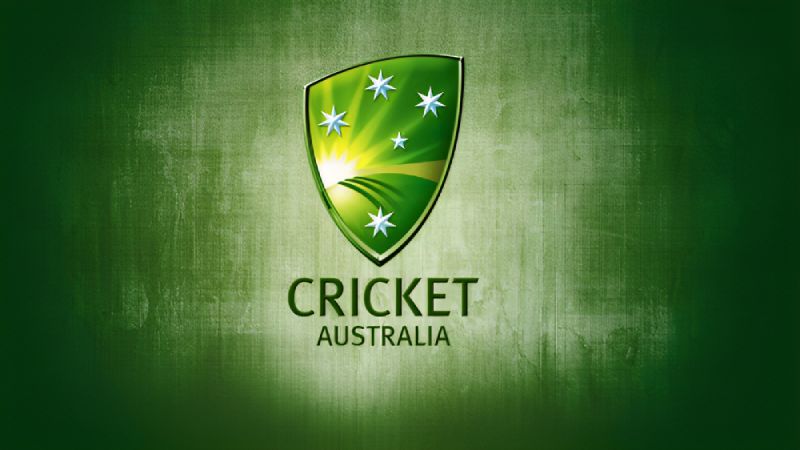
The second spot belongs to Cricket Australia (CA), which thrives on both international tours and the success of the Big Bash League (BBL) income. While the BBL does not reach IPL’s levels, it still attracts global sponsorships and strong TV audiences. Broadcasting rights remain Australia’s most stable revenue source, especially from Ashes series, which generate worldwide excitement.
Australia’s financial model is also diversified. Investments in stadium upgrades and cricket infrastructure investment continue to grow, backed by long-term sports sponsorships with major brands. The financial health of CA ensures that player salaries remain competitive, allowing them to retain top talent in global cricket.
3. England and Wales Cricket Board (ECB)

The England and Wales Cricket Board (ECB) sits comfortably among the richest boards. Much of its money comes from England and Wales Cricket Board finances linked to domestic tournaments and international matches. The addition of The Hundred (UK league) boosted income streams, bringing new fans into the cricket economy.
ECB’s reliance on sponsorship and broadcasting is strong, particularly from matches involving India and Australia. Revenues are also supported by a passionate cricket culture in England, where ticket sales and merchandising continue to play an important role. Despite some criticism, the ECB remains a financial powerhouse in 2025.
4. Pakistan Cricket Board (PCB)
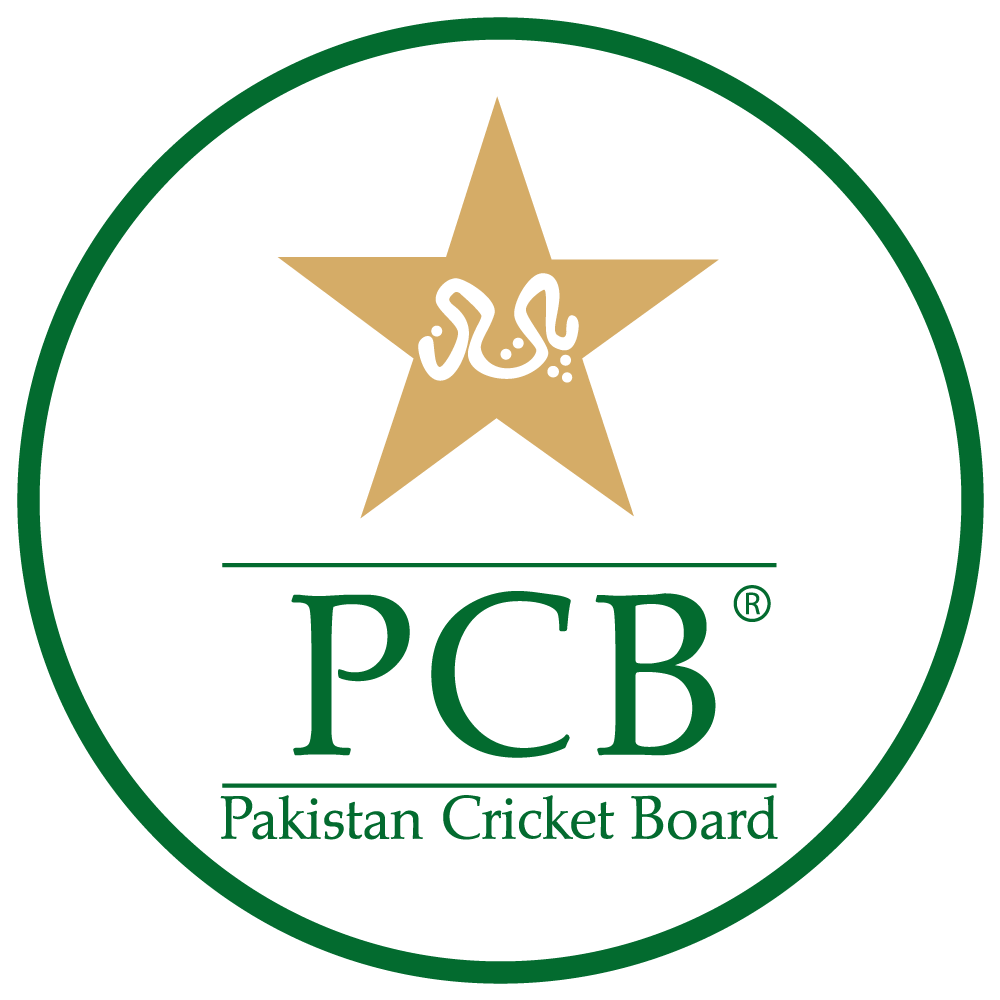
The Pakistan Cricket Board (PCB) has witnessed major financial growth in recent years, mainly because of the success of the Pakistan Super League (PSL) earnings. The PSL has become one of the top franchise leagues, attracting sponsorships and strong broadcasting deals. Revenues from international matches have also risen due to neutral venues being phased out.
However, PCB still faces challenges in long-term stability. Sponsorships remain limited compared to India and Australia, and cricket broadcasting rights value is lower for Pakistan. Even so, its upward trajectory places it firmly in the global top ten.
5. Bangladesh Cricket Board (BCB)

The Bangladesh Cricket Board (BCB) has risen steadily on the financial ladder. Its main source of income comes from the Bangladesh Premier League (BPL) revenue, which attracts foreign players and multinational sponsors. The popularity of cricket in Bangladesh ensures high ticket sales, making it one of the most profitable sports organizations in South Asia.
BCB has also increased its revenue from ICC distributions, sponsorship contracts, and media rights. By investing in youth academies and grassroots cricket development, Bangladesh is building a future both on and off the field.
6. Cricket South Africa (CSA)

Cricket South Africa (CSA) continues to stay in the top group thanks to the success of the SA20 League (South Africa). This new tournament has provided much-needed financial stability after years of economic struggles. International tours, especially against India and England, also contribute significantly to CSA’s budget.
However, South Africa faces challenges in sponsorship and maintaining infrastructure. Fluctuations in the local economy affect investments in stadiums and salaries. Despite these issues, CSA remains a strong member of the richest cricket boards in the world 2025.
7. Zimbabwe Cricket (ZC)
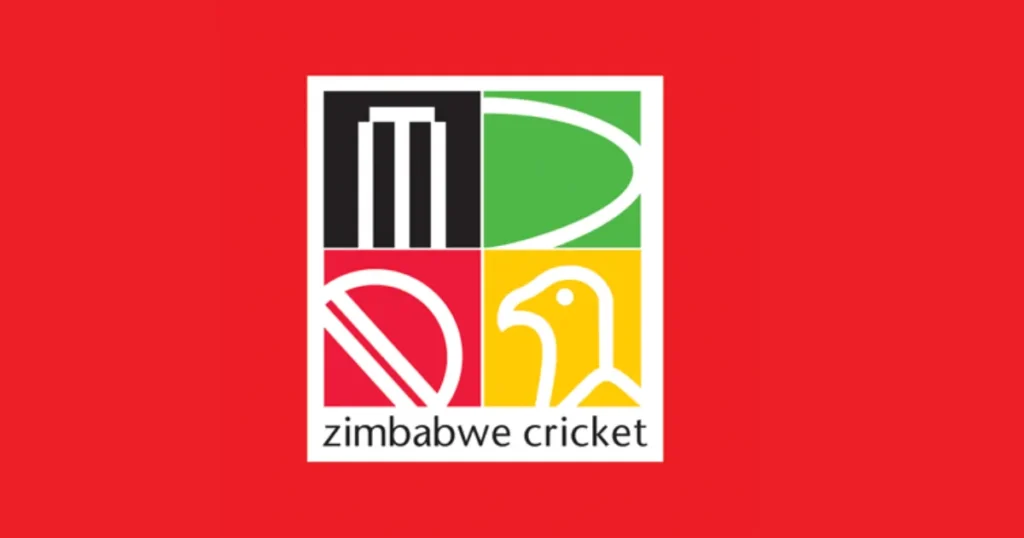
Zimbabwe Cricket (ZC) has long depended on ICC revenue distribution. The board struggles to attract large cricket board sponsorship deals, and local leagues lack the international pull seen elsewhere. This makes it harder to compete with bigger boards financially.
Still, Zimbabwe remains resilient. International tours bring in modest earnings, and player exports to franchise leagues provide indirect financial support. The future, however, depends on stronger domestic structures and increased private investment.
8. Sri Lanka Cricket (SLC)

The Sri Lanka Cricket (SLC) board faces a difficult financial situation in 2025. Sri Lanka Cricket Board financial struggles have become a well-known issue, with debts and weak sponsorship deals hurting the balance sheet. Even with the Lanka Premier League (LPL) providing some revenue, it is not enough to cover growing expenses.
Ticket sales remain lower than other cricket-loving nations, and heavy reliance on ICC funding limits growth. Without stronger domestic financial systems, SLC may find it hard to keep up with richer boards.
9. West Indies Cricket Board (WICB/CWI)

The West Indies Cricket Board (WICB/CWI) is heavily dependent on the Caribbean Premier League (CPL) for survival. Despite the CPL’s global appeal, overall West Indies Cricket finances remain limited. The lack of consistent broadcasting deals reduces income compared to Asia’s cricket giants.
What keeps CWI relevant is its brand value and cricketing history. International tours with India and England generate large crowds, but the board struggles with long-term sustainability. Player migration to franchise leagues also continues to affect its earnings.
10. New Zealand Cricket (NZC)

New Zealand Cricket (NZC) may not compete in numbers, but it manages its finances smartly. Revenue primarily comes from New Zealand Cricket sponsorships and stable ICC funding. While ticket sales are limited due to the country’s small population, broadcasting deals keep NZC financially healthy.
The board invests carefully in cricket infrastructure investment, focusing on maintaining quality rather than chasing massive profits. With a balanced approach, NZC remains one of the most respected cricket boards globally.
ICC Tournaments and Prize Money Distribution
The role of the International Cricket Council (ICC) in shaping cricket finances is huge. ICC events like the World Cup, T20 World Cup, and World Test Championship distribute millions in prize money. Wealthier boards like the BCCI, ECB, and CA often benefit the most due to their market dominance.
ICC prize money distribution Top 10 Richest Cricket Boards in 2025
| Tournament | Prize Pool (2025) | Winner’s Share | Runner-up Share |
| ICC Cricket World Cup | $15 million | $4 million | $2 million |
| ICC T20 World Cup | $10 million | $3 million | $1.5 million |
| ICC World Test Championship | $8 million | $3 million | $1.5 million |
These amounts highlight how crucial ICC tournaments are in board finances. Smaller boards rely on them for survival, while bigger boards use them as additional revenue streams.
You can also read this Fastest Double Centuries in ODI History
How Cricket Boards Earn Revenue
Cricket boards make money through many channels. The most important ones are broadcasting rights in cricket, sports sponsorships, and franchise cricket leagues like the IPL, PSL, and CPL. Revenue also comes from ticket sales cricket matches, merchandising, and digital platforms.
For example, the IPL’s broadcasting rights are valued in billions, while smaller leagues like the BBL and CPL earn less but still provide stability. Sponsorship deals remain another vital source, with big brands investing heavily to connect with cricket’s massive fan base.
Where the Money Goes
The income cricket boards generate does not just sit idle; it is invested back into the game. A large portion goes toward player salaries cricket boards, which are among the highest in sports. Money also funds domestic cricket tournaments, training facilities, and stadium upgrades.
Another important area of spending is grassroots cricket development. Boards like BCCI, ECB, and CA invest heavily in academies to ensure a steady flow of young talent. This balance of income and reinvestment keeps cricket growing globally.
Challenges Faced by Smaller Cricket Boards
Not every cricket board enjoys financial abundance. Smaller boards like Zimbabwe, Sri Lanka, and West Indies often face problems such as low sponsorship interest, weak media deals, and poor stadium facilities. These challenges make it hard to compete with giants like India and Australia.
In addition, many talented players leave their home boards to join franchise leagues abroad. This talent drain reduces both performance and revenue for smaller nations, creating a cycle that is difficult to break.
Future of Cricket Board Finances
The future of cricket board finances looks increasingly tied to digital platforms and streaming services. As more fans shift from television to OTT platforms (JioCinema, Disney+ Hotstar), boards must adapt their strategies. Broadcasting rights are likely to rise even higher in value.
Franchise leagues will continue to dominate earnings, while new revenue streams like online merchandising and virtual fan engagement will grow. By 2030, cricket may become the most digitally consumed sport after football, reshaping board finances completely.
Conclusion
The top 10 richest cricket boards in 2025 show how the sport has transformed into a financial empire. From the unmatched wealth of the Board of Control for Cricket in India (BCCI) to the resilient fight of Zimbabwe Cricket (ZC) and Sri Lanka Cricket (SLC), each board plays a unique role in cricket’s global economy.
While richer boards enjoy massive broadcasting deals and sponsorships, smaller ones still rely on the International Cricket Council (ICC). The coming years will reveal whether cricket can balance its financial inequalities. One thing is certain: money now plays as important a role as bat and ball in shaping the future of the game.
FAQS
Top 10 Richest Cricket Boards in 2025?
The Board of Control for Cricket in India (BCCI) is the richest cricket board in the world.
Which is richest BCCI or ICC?
The BCCI is richer than the ICC, with a far higher net worth and annual revenue.
Which is the richest sporting board in the world?
The BCCI is also the richest sporting board in the world, surpassing football and other sports boards.
Who is the no. 1 richest cricketer in the world?
Sachin Tendulkar is the richest cricketer, with massive earnings from cricket and endorsements.
Who is the CEO of cricket?
The current ICC CEO is Geoff Allardice (as of 2025).


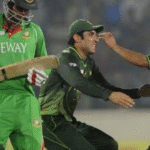
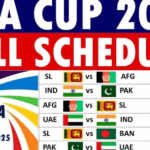

Leave a Reply